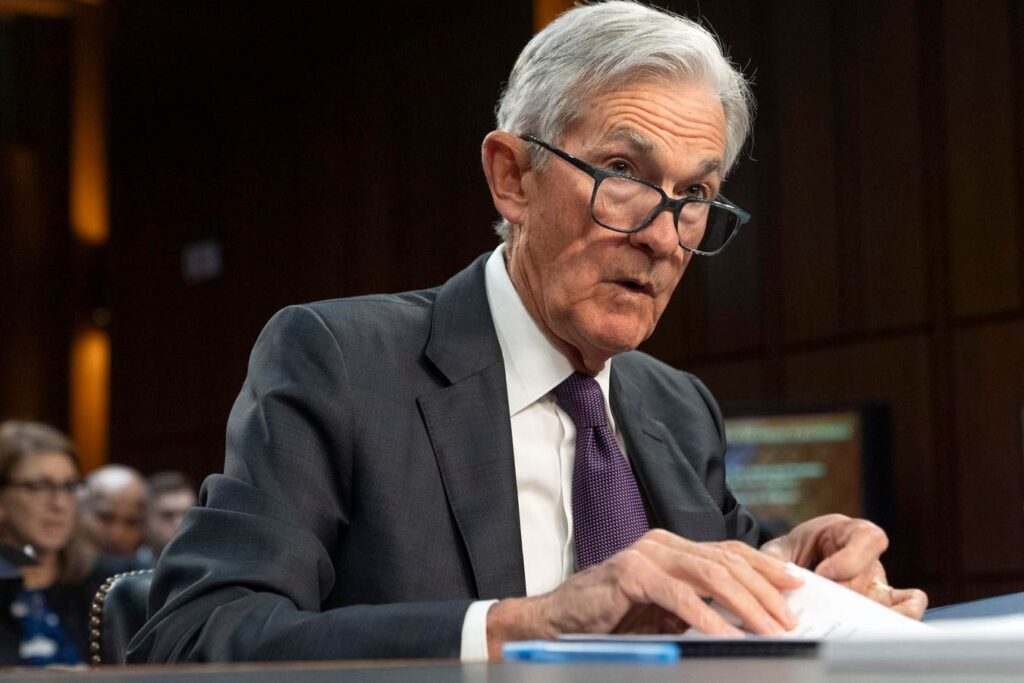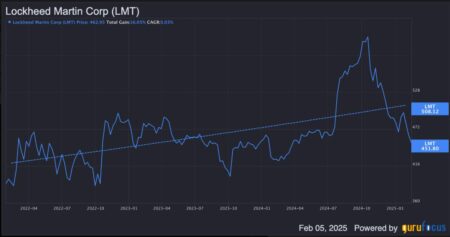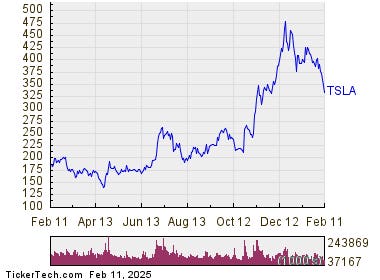January Consumer Price Index inflation rose 0.5% month-on-month, likely incrementally delaying any Federal Reserve plans for interest rate cuts. Core inflation has now risen sequentially each month since September 2024. January’s acceleration in price rises was a result of a combination of factors including housing costs, food, and services.
The Federal Open Market Committee was already suggesting that interest rates were unlikely to be cut in the near future. The FOMC never want to read too much into a single month of data. Nonetheless, today’s inflation data doesn’t support near-term interest rate cuts, especially as the jobs market remains strong with unemployment falling to 4% in January.
No Rush For Interest Rate Cuts
The relatively high inflation data supports the view of fixed income markets that interest rate cuts may take some time in 2025. The CME FedWatch Tool implies that the FOMC may not cut interest rates until September. A cut could come sooner, but September is the the first meeting where the fixed income markets view a rate cut as more likely than not.
The FOMC has two primary areas of focus, employment and inflation. The jobs market doesn’t appear to need support from monetary policy on recent data and remains generally robust. With January’s CPI report inflation is moving away from the FOMC’s 2% annual goal. Therefore in the current economic environment there’s little impetus for interest rate cuts. The imposition of tariffs could well prove inflationary too, which might be another factor for the FOMC to delay any cuts.
Inflationary Trends
January inflation data showed a greater increase in prices than many expected. A key component of that was housing costs. These carry high weight in the CPI index and even though the 0.4% monthly increase was broadly consistent with previous readings, there was some hope that housing costs might see some disinflation. That hasn’t happened yet.
Other categories carry a smaller weight but are seeing greater price rises. One example is the price of eggs. Egg prices rose 15% in January as a result of avian flu and are now up 53% year-on-year. That contributed two thirds of the increase in food costs for January.
Beyond shelter and food various other categories also saw material prices. Energy costs generally rose driven, in part, by higher natural gas costs. Used cars and trucks rose 2.2% and car insurance rose 2%. Medical costs including prescriptions and hospital services also contributed to average inflation for January.
Energy and food prices can be volatile. That’s why the FOMC often likes to focus on the CPI series that excludes those categories. However, even with that adjustment, core inflation still rose 0.4% for January, compared to 0.5% for the headline series, and has now been steadily accelerating since September 2024.
What To Expect From the FOMC
There is little chance that the FOMC cut interest rates in March according to fixed income markets. However, January’s accelerating inflation may further delay interest rate cuts later into 2025. Policymakers are looking for more evidence that inflation is on track for their 2% annual target. With today’s data, it moved away from it.
Given the relatively robust jobs market data per January’s jobs report, the FOMC can currently afford to focus on inflation and be patient. That likely means more waiting for another cut in interest rates. As Fed Chair Jerome Powell said on February 11, “With our policy stance now significantly less restrictive than it had been and the economy remaining strong, we do not need to be in a hurry to adjust our policy stance.”
Read the full article here
















